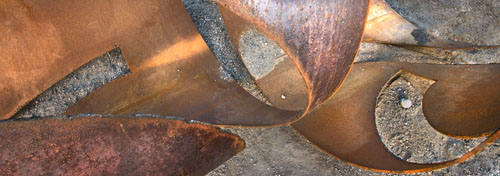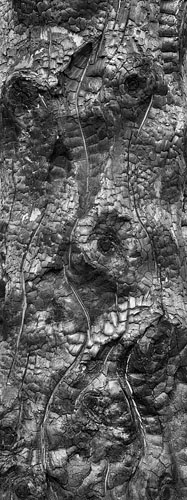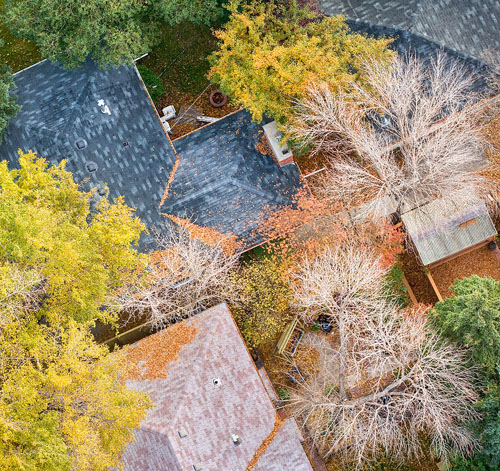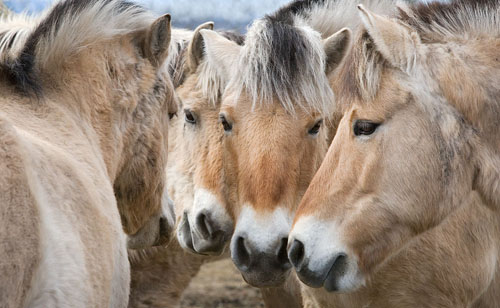This is the first article in a series on framing and cropping (framing is setting the edges before recording the image, cropping is doing so after the fact). The following is very much a matter of my opinion and beliefs and such works for me. If it doesn’t work for you, that’s ok, but perhaps you haven’t really thought it out yet and so I offer the following for your consideration.
Some people are dead set against cropping, claiming to get framing absolutely perfect, every time, and believing that all images should match the format of their camera.
Nonsense!
Well, mostly nonsense.
Lets agree on some basic premises
1) throwing away pixels from both height and width of the image at the same time simply means you can’t make as large prints and is to be avoided whenever possible.
Some of you would disagree with that ‘whenever possible’, arguing that it’s only sloppy technique that results in losing both directions.
2) throwing away pixels from only one dimension changes the aspect ratio of the image and is rather like religion - you either believe or you don’t, and common sense has little to do with it.
3) Cropping ever smaller in the hope that somewhere in there is a great image is the mark of a beginner and is to be discouraged and besides it almost never works and so we all give it up sooner or later.
So, lets tackle the issues of image aspect ratio. Some photographers feel that making good images is hard enough without thinking about an infinite variety of aspect ratios from long skinny panoramic all the way to square (and then onto vertical). They prefer to work within the hard boundaries of their view finder or ground glass. This provides them with an edge against which they can compose.
They may admit that there are square images they ‘can’t take’ because they are shooting 2:3 ratio cameras but they like the discipline of working to their ‘pet ratio’. Rather like a black and white photographer saying that sure colour can be nice, but I’m concentrating on the wonders of monochrome, so please don’t distract me with talk of colour.
They are loathe to throw away any pixels, in either direction.
Traditionally 35 mm. film shooters cropped fairly often, 8X10 inch shooters almost never, taking advantage of every mm. of film surface at all times. there are even shooters who prefer square images and have a bar built into the camera to force the 8X10 inch back to record only 8X8 inch.
Oddly, these ‘full formatters’ not uncommonly change cameras and with each new one comes a different aspect ratio, so they can’t even make the argument that only 5X7 is right, or 6X7 or 6X6 or 6X9 or whatever ratio they happen to be using today and that this ratio is the only true religion, and worshiping all other formats is blasphemy. On that basis they blaspheme every time they switch. They conveniently worship the aspect ratio of the day, based strictly on whichever camera happens to suit the subject or their mood. They shoot the 8X10 around home but for light weight take the 5X7 on hikes but for multi day trips the 4X5 and when traveling internationally use 645, always and each time bowing to the viewfinder and camera designer to determine the shape of each and every one of their photographs.
I think this is just plain silly, and here’s why.
It may be easier to compose against hard edges of a view finder but it’s not something that can’t be worked around - two pieces of card, L shaped can give you an infiinite variety of aspect ratios.
When stitching, one isn’t tied to the aspect ratio of the viewfinder as one can stitch with 2, 3 or even a dozen images for a variety of aspect ratios.
There is nothing dumber than cropping carefully in the view finder only to find that in the recorded image you have cropped just a hair too tight and the lines you thought met in the corner, don’t quite make it, or the circle that was to just kiss the edge has slopped over by just a little.
Sure some cameras have very accurate framing but lots don’t and miniscule 2 inch LCD’s and even smaller view finders are hardly ideal for critical alignment. Far better to give yourself just a little room to guarantee you won’t lose an important part of the image, and having done so make a 1 or 2 percent crop after the fact to get perfect framing.
It may be easier to learn to see in a particular aspect ratio but frankly I find it hard enough to find good photographs of any aspect without throwing away nine tenths of them because they don’t happen to match the aspect ratio of my camera.
Even worse is forcing an image into the aspect ratio of your camera even though it would have been better and stronger at a different ratio (wanna bet that never happens, yeah, right!)
What About Cropping Both Ways?
Well, yes, I do crop both ways some of the time. My goal is to create the best possible image, not the largest possible image. If I see that there’s a better way to frame an image after the fact, I think it just silly not to do so. Trim a fair amount off (say more than 10%) and do it very often, and I’d be rightly accused of sloppy work, but small amounts, now and again, to strengthen an image - sure.
Sometimes you don’t have a choice. I find this happens more often than I would have ever predicted. For example, I’m standing at the top of a ridge, which means I can’t move back and I can’t move forward, without compromising the image. If I have a zoom that exactly matches the framing I need, all well and good, but perhaps I want my 90 ts-e for a tilt, or my 50 macro (because it’s sharp), or my 300 but it really needs a 320 and I don’t have one.
And yes, very occasionally I’ll throw away half of an image if I think the remainder is really worth it. Some times the image you saw isn’t in hind sight the best image available and why the hell shouldn’t I take advantage. Damn it, I don’t even have to admit that I cropped it. No one will know unless I ‘fess up’.
Some subjects beg for panoramic treatment, but 3:1 ratio is pretty long and narrow and if an image is better with 2:1, why not go with that. Even TIllman Crane, who lugs a 12X20 camera around to get the biggest possible negative, is known to occasionally crop to make a better image.
All of the above aside, I do happen to think that there is something special about square images - there’s only one aspect that’s square - and something special about images that work perfectly in this format. Does this contradict all that I have said above, sure it does. Do I care, not much. I reserve the right to be rigid about my flexibility. So there!
In future articles on cropping and framing, I’m going to discuss how to handle image edges.
Some Samples

This was almost full frame width wise from my 1Ds2 but obviously not full height - it was cropped very carefully to meet the curve of the metal on the right. Across the width, it was cropped slightly to have the two sharp angles come to the edges. In fact the image was made by raising the camera up on my centre column, shooting almost straight down and well above my head. I reframed according to the post view LCD image till I got things right.

This was an unusual vertical stitch with the sliding 90 ts-e though it could have been done as a crop or as a rotating stitch. A previous less vertical image isn't nearly as nice as this very tall narrow one.

This was a capture while ballooning, single frame of course and capture as capture can (you only get a second as you drift across the property at about 10 m.p.h, It's full width (I had a zoom) but lost height partly because I liked the square image and partly because that's what made the strongest composition.

Shooting horses, you get what you can. In this image I cropped both vertically and horizontally. I wanted very little of the light background, I needed the ear of the horse on the right, wanted the curve of the rump of the horse on the left and the curve below the neck on the horse on the right - it was simply a matter of about a 10% crop each way to get exactly what I wanted. What's the aspect ratio - I have no idea and don't care. Could I have zoomed in for perfect framing - maybe, but more likely I'd have lost the shot entirely. |